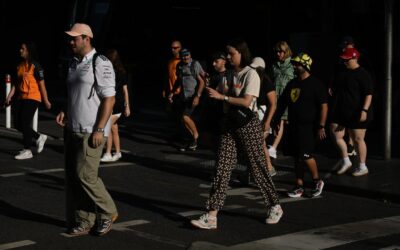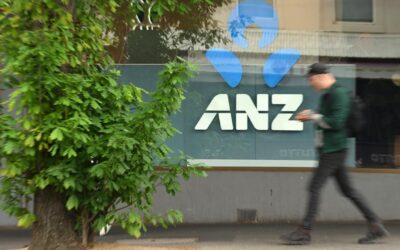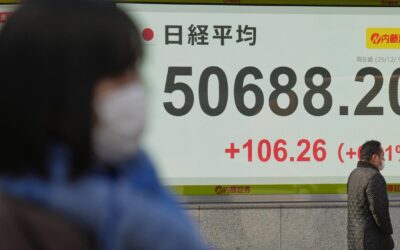Sorry, that’s old news…
You’ve found an older news story. We delete stories from our AAP News Feed after two months. But fear not, here’s today’s news!

Tourists will be charged to visit Rome's Trevi Fountain as authorities seek to profit from Italy's most popular ...

Sweeping new powers for police to ban public gatherings statewide following the Bondi shootings are facing ...

Shein will have to verify the age of people making sex toy purchases on its sight, after a ruling by a French court.

A six-month heads up on tax changes is tight but manageable, big super funds say, although Labor still needs to ...

ANZ has been fined $250 million for widespread misconduct and systemic failures that impacted the federal ...

The Productivity Commission has released the final reports into its five-pronged inquiry into how to fix ...

Markets imply around a 90 per cent chance the BOJ will raise its rate a quarter point to 0.75 per cent later on Friday.

WiseTech Global has released more findings from an external review into the alleged misuse of company funds by ...
No results found.
Background image courtesy victoriancollections.net.au